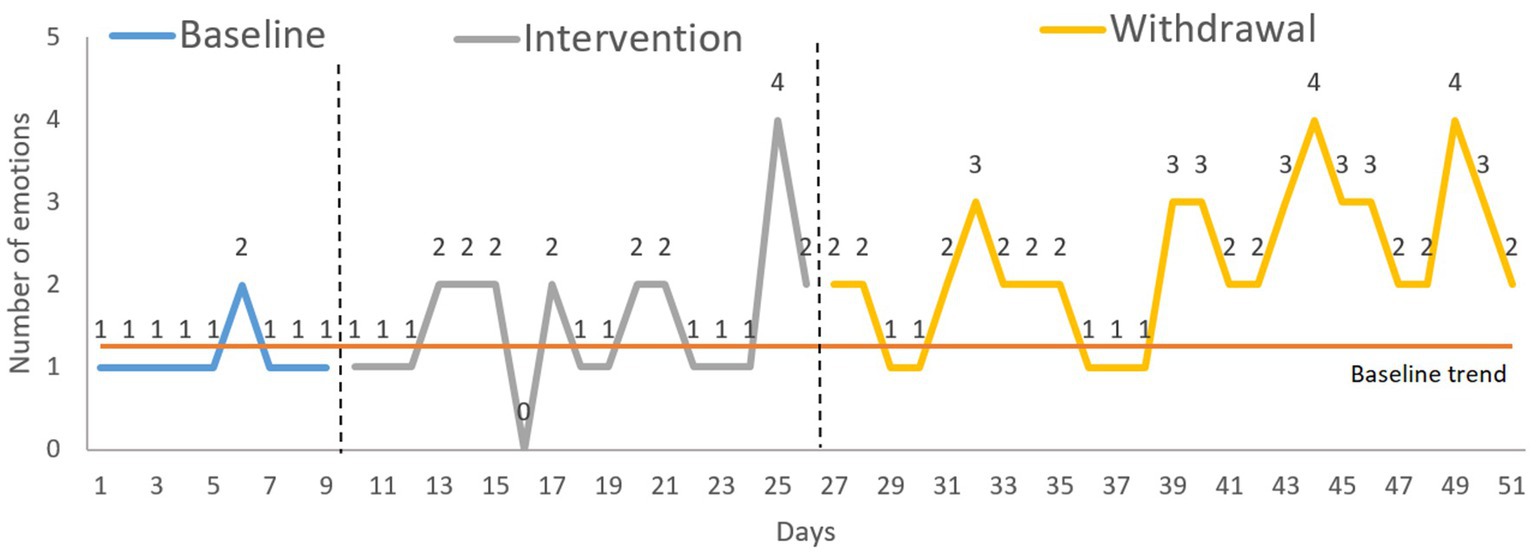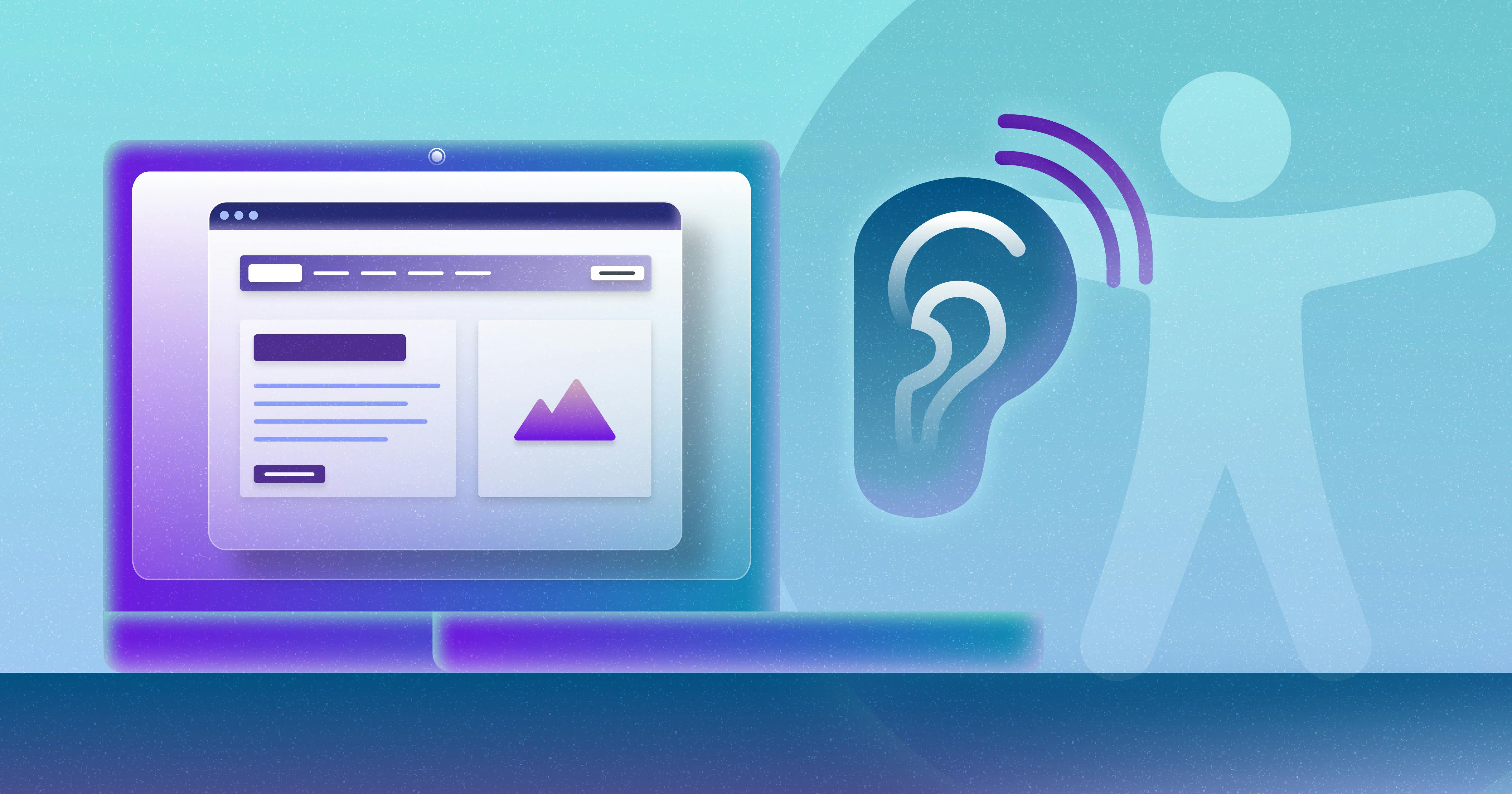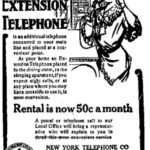The word “hello” serves as a fundamental greeting in the English language, encompassing a rich historical background and requiring an understanding of its implications in various cultural, psychological, and technological contexts. Recognizing “hello” means understanding its linguistic evolution, role in shaping social dynamics, facilitating communication, and fostering connections across diverse environments.
This article explores the historical evolution of “hello,” its significance as a greeting across different cultures, the psychological effects it has on social interactions, its adaptation within digital communication platforms, and innovations aimed at enhancing accessibility for individuals with disabilities.
Did You Know Hello Has an Unexpected History?
The word “hello” has an intriguing history that dates back to the 19th century. Its first documented usage appeared in the Norwich Courier in 1826. Prior to this, variations of the word, such as “hallo,” “hollo,” and “hullo,” derived from Old High German. These earlier forms primarily functioned as expressions of surprise or attention-getters rather than as greetings.
In the early 19th century, “hello” began to establish itself in communication beyond mere surprise. Before the advent of the telephone, people typically used time-specific greetings, such as “good morning.” The introduction of the telephone in the late 19th century marked a pivotal moment in the popularization of “hello.”
Thomas Edison recommended using “hello” as a telephone greeting in a letter to the president of the Central District and Printing Telegraph Company in 1877. By 1880, “hello” had outperformed alternatives and became the standard greeting on telephones, leading to its widespread acceptance. The first telephone book even recommended “hulloa” for initiating conversations. Over time, “hello” evolved into a universal greeting that reflects sociolinguistic changes prompted by technological advancements.
An example of a historical newspaper that illustrates the early mentions of “hello” in communication (Source: Friends of Albany History)
Why Is It Important to Greet Everyone? A Global Perspective
Greeting customs vary significantly across cultures, making the understanding of these variations essential for effective communication. In professional settings, handshakes are common in North America and Europe, typically characterized by a firm grip. In many Asian and Middle Eastern cultures, however, a gentler touch is preferred.
Bowing serves as a significant greeting in Japan, where the depth and duration of the bow can indicate respect and the nature of the relationship among individuals. In contrast, verbal greetings also differ from country to country. In the United Kingdom, a simple “hello” is prevalent, while in France, this is often accompanied by “bonjour,” along with cheek kisses in some business contexts.
Furthermore, greeting customs can reflect local cultural values. For example, in Ethiopia, greetings can be lengthy and include personal inquiries about well-being, underscoring the importance of social connection. Recognizing these unique nuances is vital for fostering professional relationships across cultures.

A photograph depicting professional businessmen greeting each other with a handshake, highlighting a common greeting custom (Source: Getty Images)
What Do Your Greetings Say About You? The Psychology of Hello
The act of greeting, particularly with the word “hello,” has substantial psychological implications. Research indicates that warm and friendly greetings can foster a sense of likability and trustworthiness, establishing a positive foundation for social interactions.
Greetings not only establish social connections but also reflect respect and set the tone for subsequent dialogues. Variations in greeting styles can signal cultural identity and personal comfort levels, playing a critical role in interpersonal dynamics.
Studies have shown that even simple greetings can significantly enhance life satisfaction by promoting minimal social interaction. For individuals, the act of greeting can transform feelings of isolation into social connectedness, resulting in beneficial psychological effects. Research into these dynamics indicates that nonverbal cues accompanying verbal greetings greatly enhance their effectiveness, impacting overall impressions and social evaluations.

A graph illustrating the psychological impacts of greetings on social interactions and connections (Source: Frontiers in Psychology)
How Has Hello Transformed in the Digital Age? Exploring Virtual Communication
With the rise of digital communication, the role of “hello” has adapted to new contexts. As technology has transformed communication platforms, “hello” has become a versatile opener, suitable for both formal and informal exchanges, which demonstrates adaptability in emails, instant messaging, and video conferencing.
During the shift to remote work necessitated by the COVID-19 pandemic, the context for using “hello” evolved as digital platforms reinforced its significance as an essential greeting. In video calls, “hello” typically serves as the initial point of contact, replacing traditional in-person interactions.
Popular platforms such as Slack and Microsoft Teams have increased the importance of greetings, as “hello” sets a welcoming tone and facilitates the establishment of a presence in virtual work environments. As remote work continues to evolve, the use of “hello” in technology-based exchanges remains important for maintaining interpersonal connections among team members.

A screenshot depicting a digital conversation featuring the greeting “hello,” which is relevant to modern communication methods (Source: USA Today)
Creating Accessible Greetings: Innovations for Inclusivity
Innovations in greeting strategies focus on enhancing accessibility, particularly for individuals in the hearing-impaired community. Recent advancements include visual cues, vibration-based devices, and AI-driven technologies that translate sign language into text or speech, thereby facilitating effective communication.
Workplaces are increasingly implementing visual cue systems to alert deaf individuals when someone wishes to greet them. Additionally, mobile applications that recognize gestures for greetings can provide alternatives to traditional verbal exchanges, particularly in noisy environments. Such strategies aim to promote inclusive communication, empowering individuals with disabilities and enhancing social interactions within diverse settings.
As technology continues to progress, efforts to create more accessible greeting methods become essential for fostering inclusive environments where everyone feels welcomed and valued.

An image showcasing digital accessibility innovations for the deaf and hard of hearing community (Source: AudioEye)
In conclusion, “hello” is more than a simple greeting; it is a cultural phenomenon with deep historical roots and significant implications across different contexts. By comprehending its evolution, cultural significance, psychological impact, and the innovations aimed at making greetings more inclusive, individuals can appreciate the power and importance of effective communication. Such understanding not only enhances personal interactions but also contributes to creating a more connected and inclusive society.




